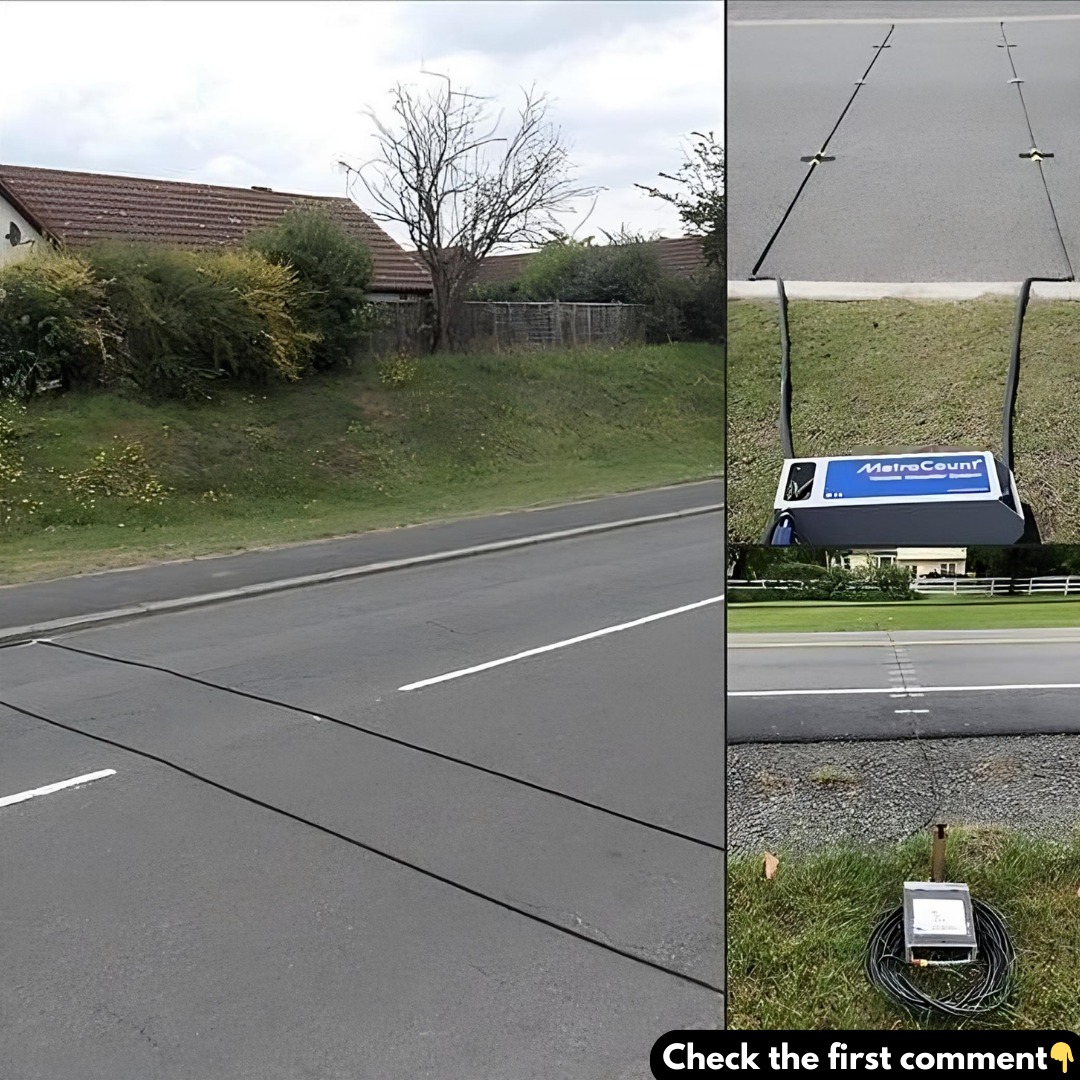If you’ve ever driven down a road and noticed black tubes stretched across the pavement, you might have wondered what they are and why they’re there. These unassuming tubes, which crisscross roads nationwide, are actually vital tools in traffic management. They play a key role in gathering data that helps shape transportation systems and road safety policies. But what exactly do these tubes do, and how do they contribute to keeping our roads running smoothly?

What Are These Black Tubes?
The black tubes you see on the road are known as pneumatic traffic counters. Despite their simple appearance, these devices are incredibly effective at collecting important traffic data. They help transportation authorities understand vehicle patterns, measure road usage, and make informed decisions about infrastructure, safety measures, and road maintenance.
How Do Pneumatic Traffic Counters Work?
The technology behind these counters is surprisingly straightforward. Each time a vehicle’s tires roll over the tube, a burst of air is sent through it. This burst triggers an electrical signal in a connected counter device, which records the event. By analyzing these signals, officials can determine traffic volume, vehicle speed, and even classify different types of vehicles.
The Data Collected: Why It’s Important
Vehicle Counts and Beyond
At its most basic level, a single tube setup counts the number of vehicles passing over it. However, when two tubes are used together, they can provide much more detailed insights. This configuration allows for measuring vehicle speed, determining vehicle type based on axle spacing, and tracking travel direction. This information is essential for transportation agencies to monitor peak traffic times, set appropriate speed limits, and evaluate road capacity.
How Traffic Data Shapes Road Management
The data collected from these tubes isn’t just for show—it plays a crucial role in transportation planning. Officials use this information to determine the need for traffic signs, speed limits, and road improvements. Whether it’s deciding where to install a new stop sign or planning road expansions, these black tubes help ensure that transportation systems are safe, efficient, and well-maintained.
Temporary vs. Permanent Installations
Pneumatic traffic counters can be installed temporarily or permanently, depending on the need. Temporary setups, which might only be in place for a day or two, offer quick insights into specific traffic patterns. These are often used for short-term studies or to verify reports of speeding. On the other hand, permanent installations provide continuous monitoring, allowing authorities to track long-term trends and adjust traffic strategies accordingly.
Strategic Placement for Accuracy
To get the most reliable data, transportation agencies strategically position these tubes on straight road sections with consistent traffic flow. This minimizes variables like sharp turns or frequent stops, ensuring that the collected data accurately reflects typical road usage.
How This Data Impacts Traffic Policies
Data-Driven Traffic Planning
The insights from these traffic counters are instrumental in shaping traffic policies. By analyzing vehicle flow and driving behaviors, transportation planners can make informed decisions about where to place traffic-calming measures, how to design roadways, and where to allocate funding for road improvements. This data-driven approach ensures that roads are safe and capable of handling both current and future traffic demands.
Addressing Community Concerns
Beyond planning, these black tubes also help address public concerns. If residents report issues like excessive speeding or cut-through traffic, transportation agencies can deploy these counters to gather objective data. This allows them to confirm the problem and implement necessary measures, such as installing speed bumps or adjusting traffic light timing.
Conclusion: The Unsung Heroes of Traffic Management
The next time you drive over one of these black tubes, take a moment to appreciate the vital role it plays in our transportation system. Though they might seem insignificant, these simple devices are the backbone of traffic data collection, influencing nearly every aspect of road safety and infrastructure planning. They are the silent guardians of our streets, ensuring our roads remain efficient, safe, and well-managed.





